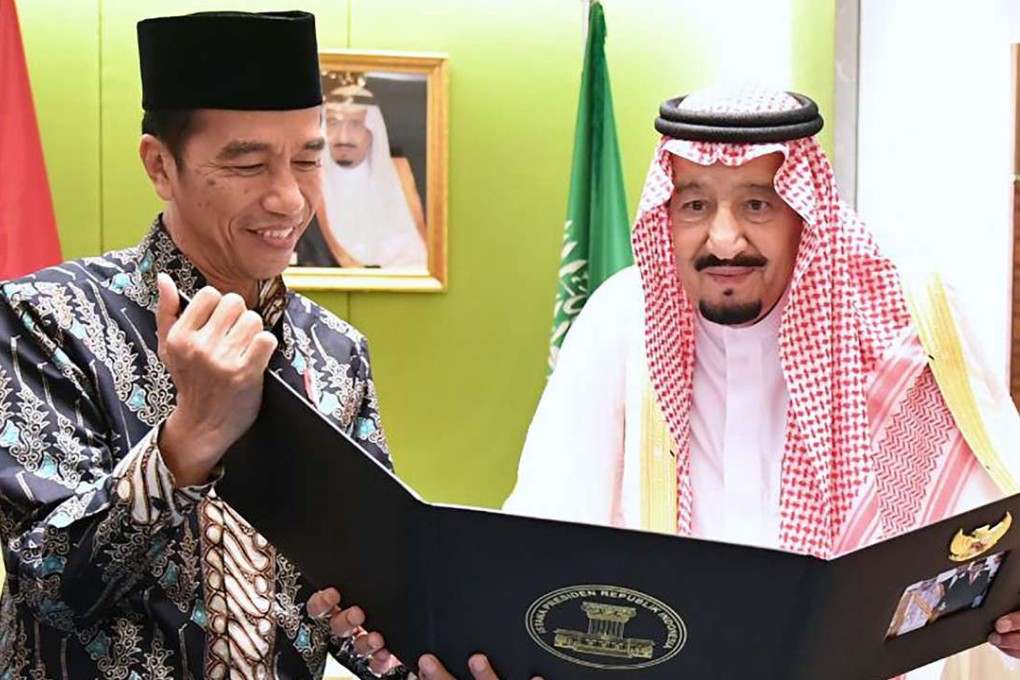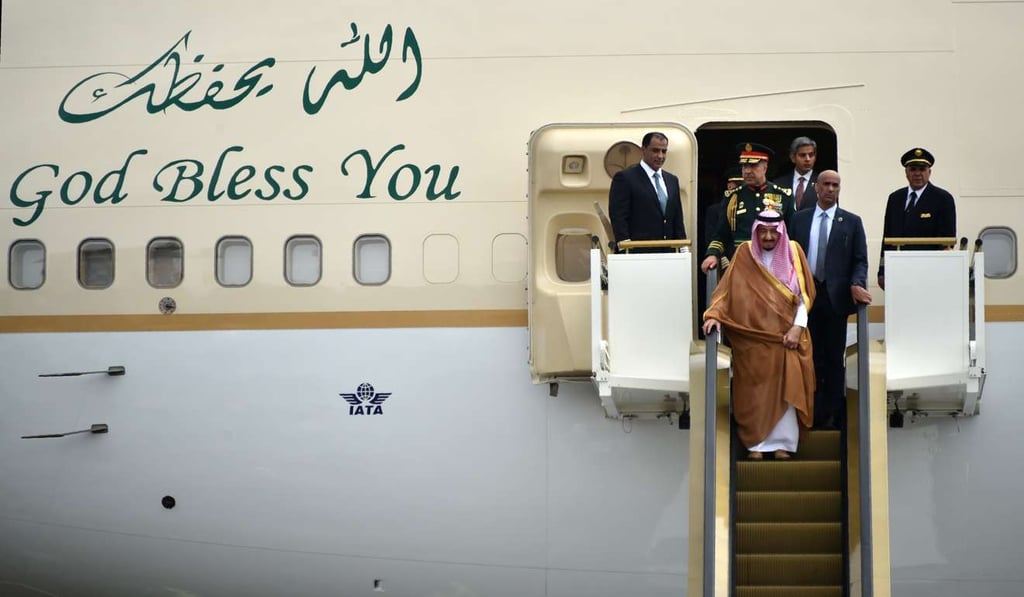Outside In | What King Salman’s grand tour of Asia says about Saudi Arabia’s new priorities
The first tour through Asia in half a century by a Saudi monarch has significance that we would do well to take careful note of

The six week triumphal progress of Saudi Arabia’s King Salman bin Abdulaziz Al Saud through Asia, to my best knowledge unparalleled in modern times, may seem just quaint – but it is much more. My sense is that this first tour through Asia in half a century by a Saudi monarch has significance that we would do well to take careful note of.
As the King takes a balmy eight day pause in his six country itinerary in the high-security privacy of resort hotels in Bali, it is perhaps timely to take stock.
It is easy to start – and finish – with bemused astonishment at the grand excess of it all. A 1,500-strong entourage that includes 25 Saudi princes, 10 ministers, around 700 people in his personal entourage and a business delegation of around 800 is mind-boggling enough.
Over 500 tonnes of baggage – as egregious an “excess baggage” load as I can ever recall, equivalent to about 240 elephants – is being carried in a total of 26 aircraft, and includes two bespoke stretched Mercedes and two lifts to get on and off planes, and tonnes of halal food. Even King Henry Tudor could not have matched this on his triumphal tours of his British kingdom back in the 1540s.

Spearheading this transformation and providing its “thought leadership” are his nephew, crown prince Muhammed bin Nayef (a spritely 57-year-old), and King Salman’s 32-year-old son Mohammed bin Salman, who is deputy crown prince – all potentially confusing in a country that boasts a royal family of around 15,000 and over a thousand princes.
It is only rarely in the past that Saudi’s rulers have ventured outside their kingdom on this kind of scale. It began in Malaysia on February 26, followed by Jakarta and Brunei. The entourage have over the past week been taking a private pause behind the high security walls of at least five resort hotels in Bali. Work resumes today in Japan, and moves to Beijing on Wednesday before a transit through the Maldives on the way home.

